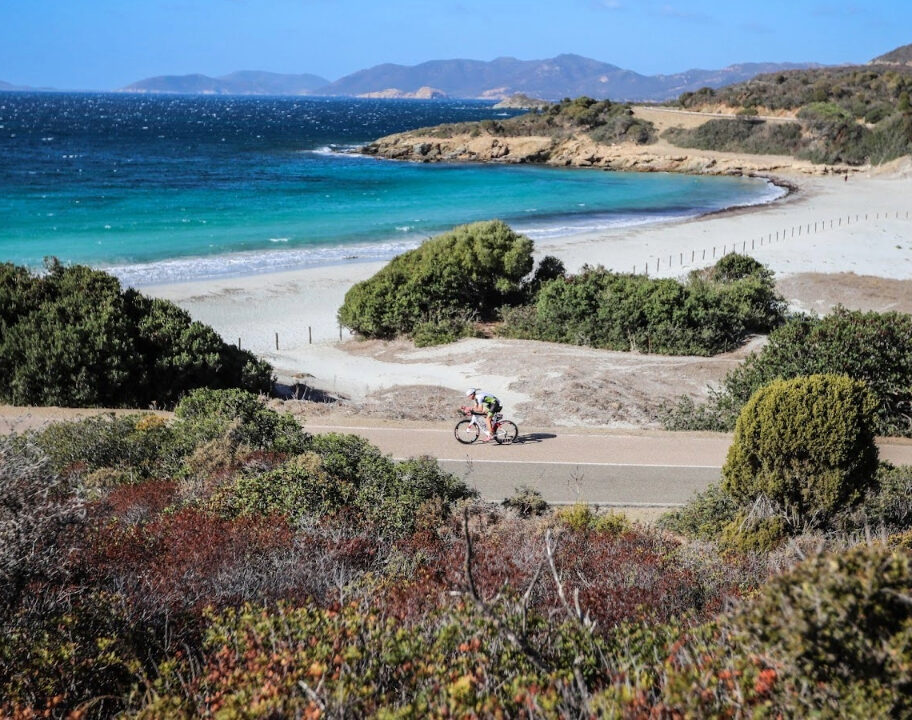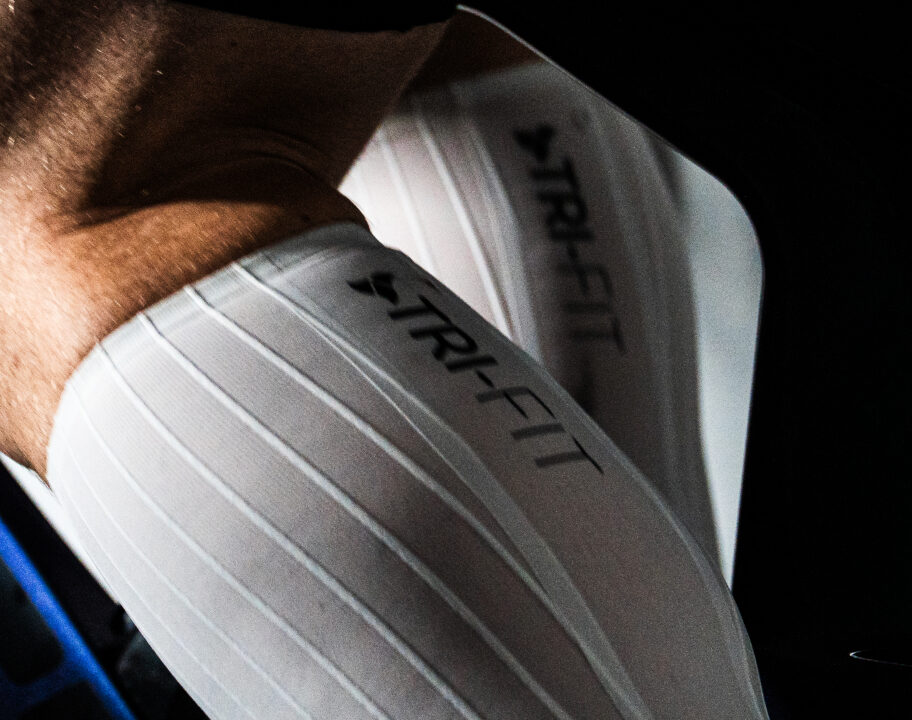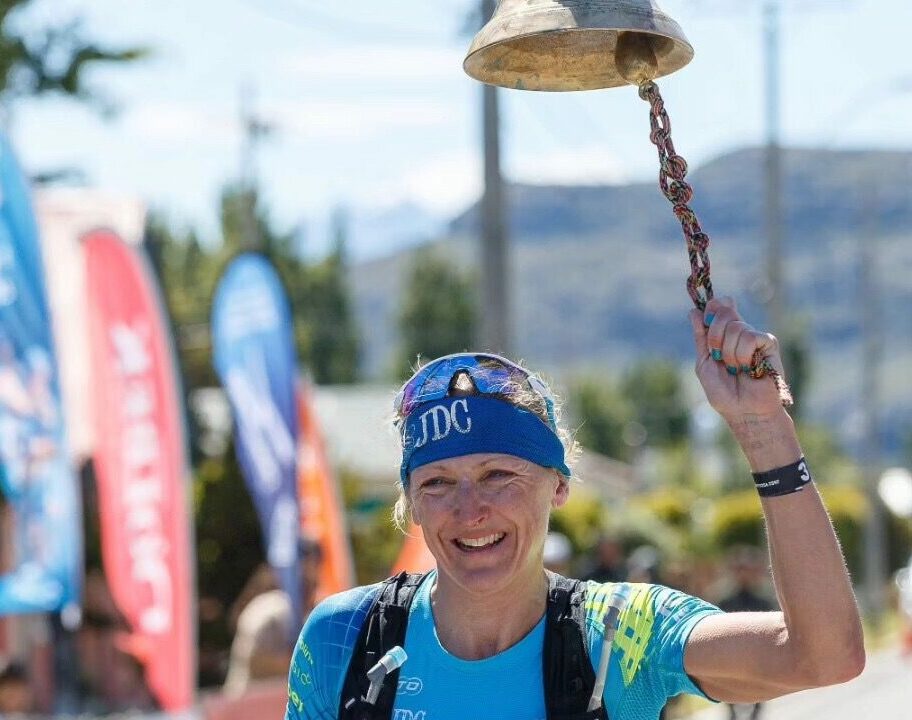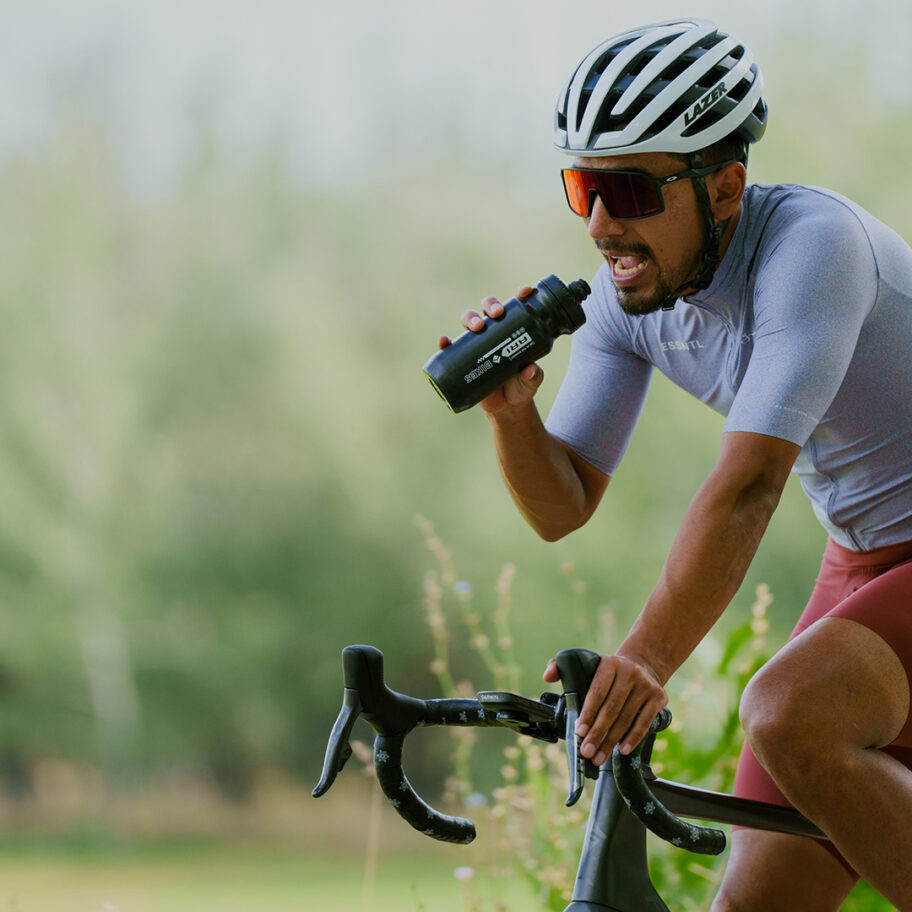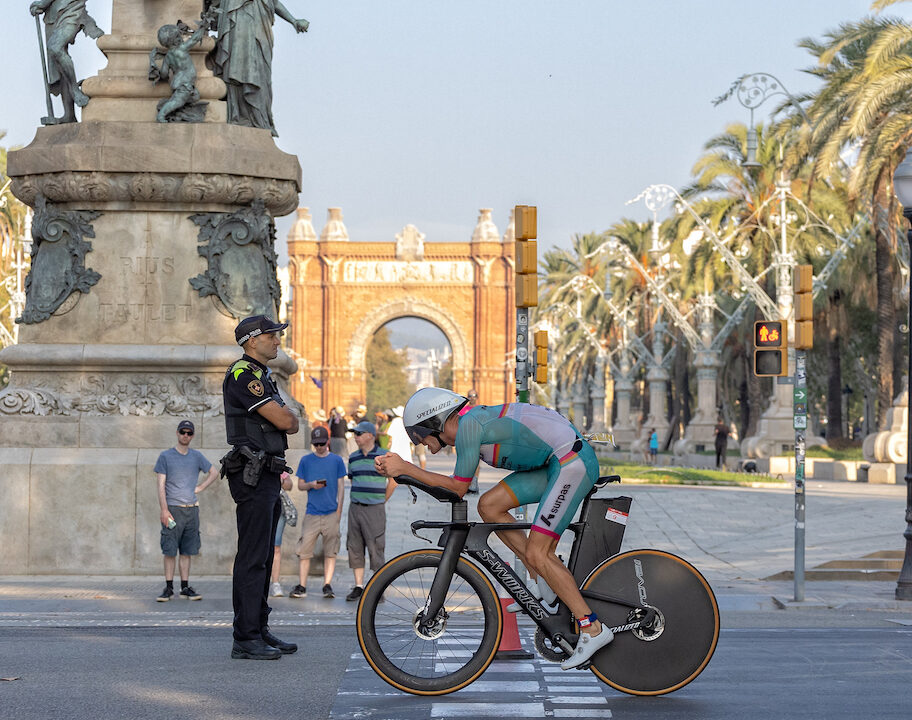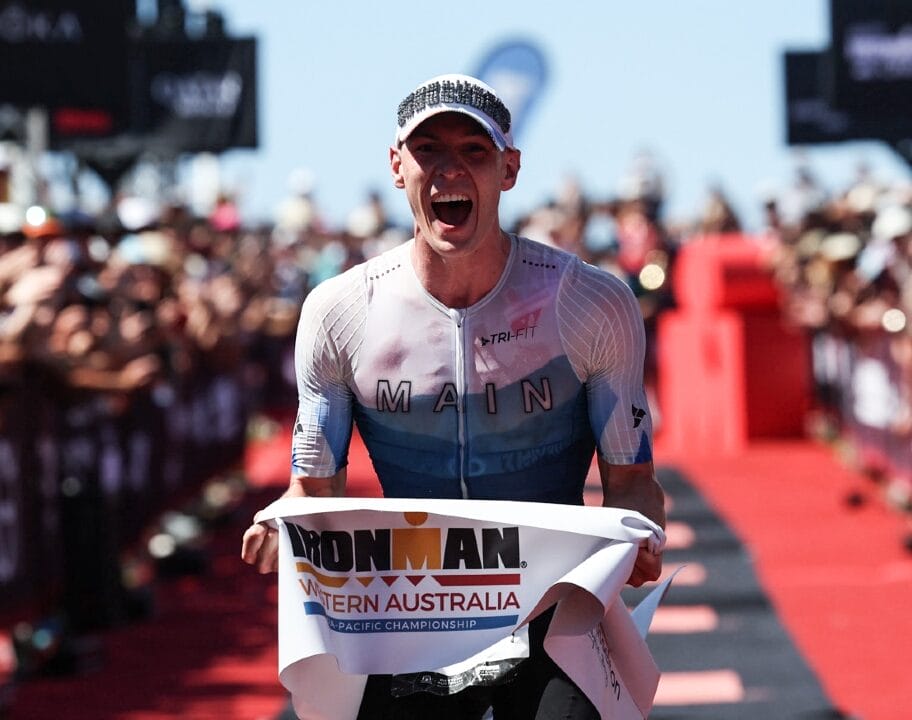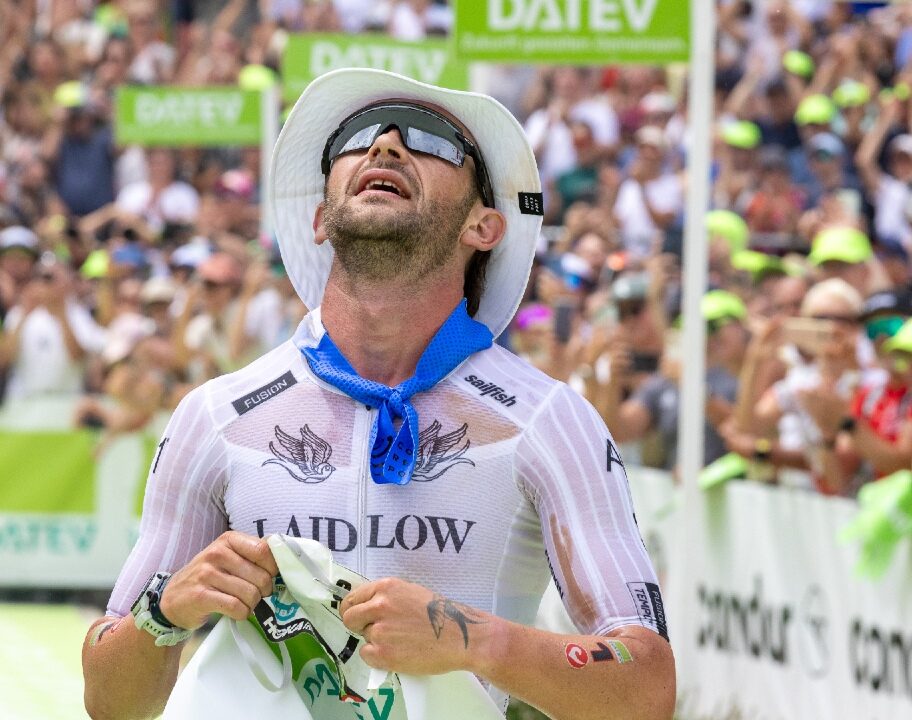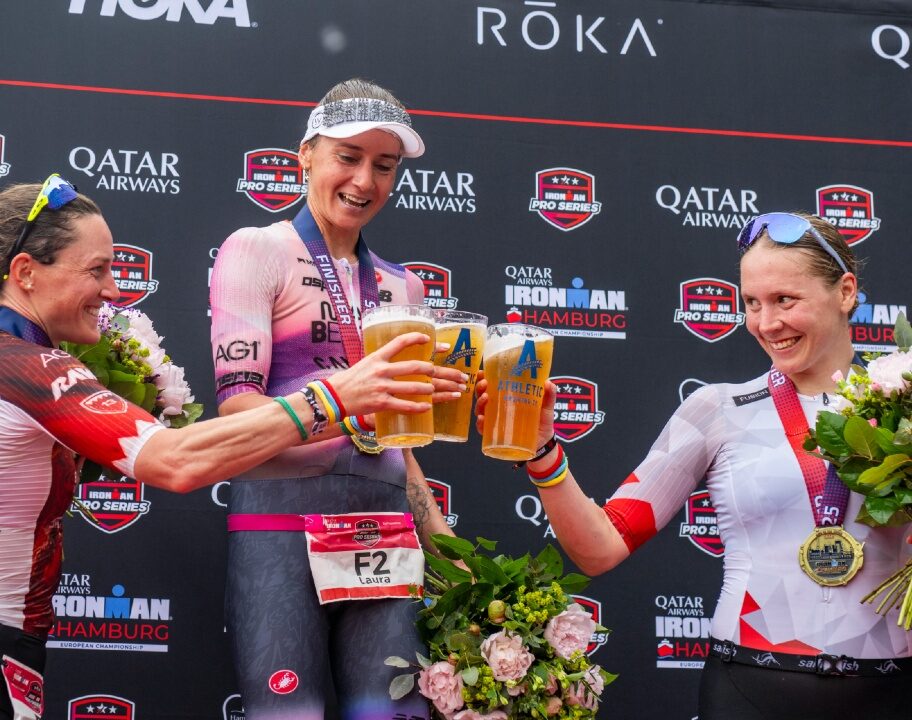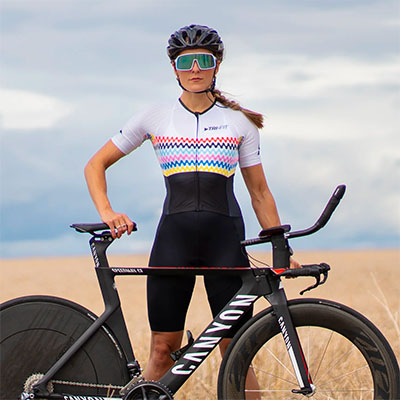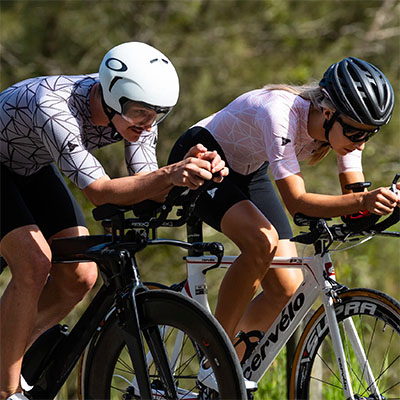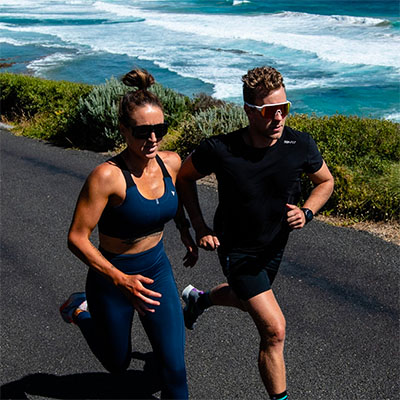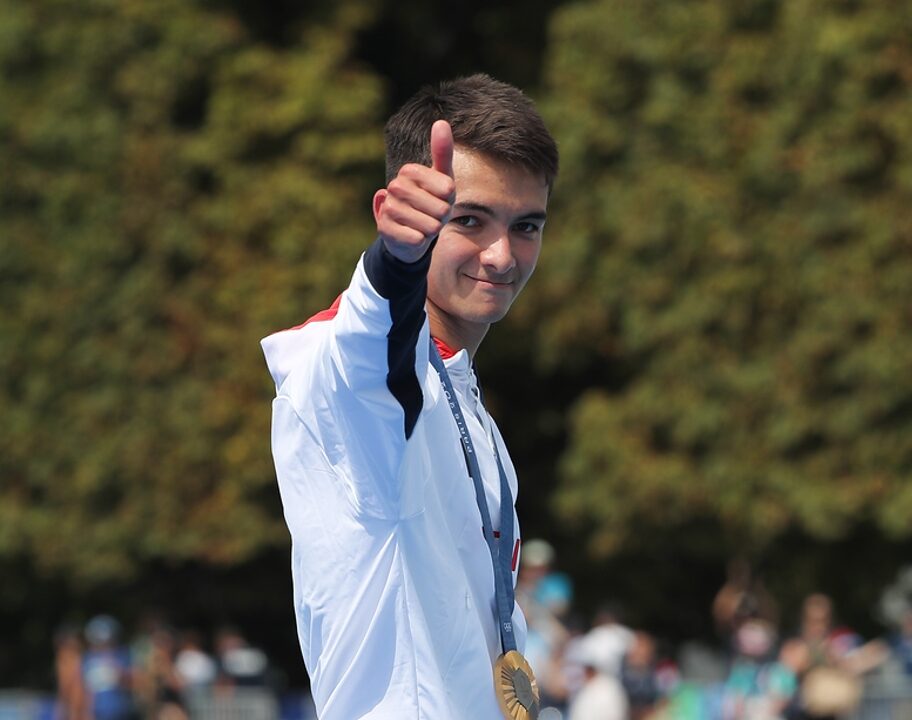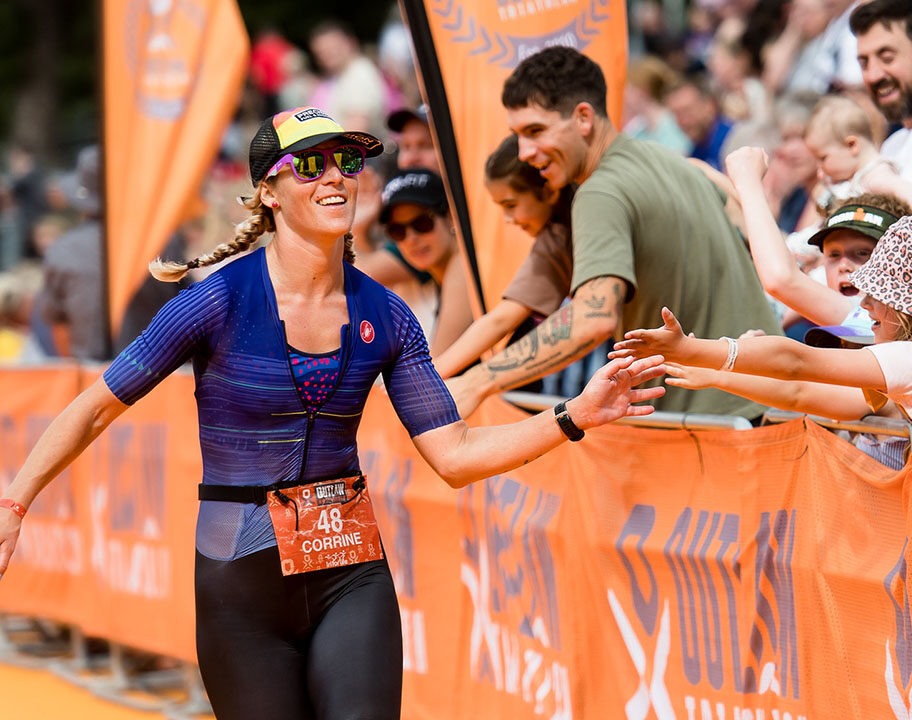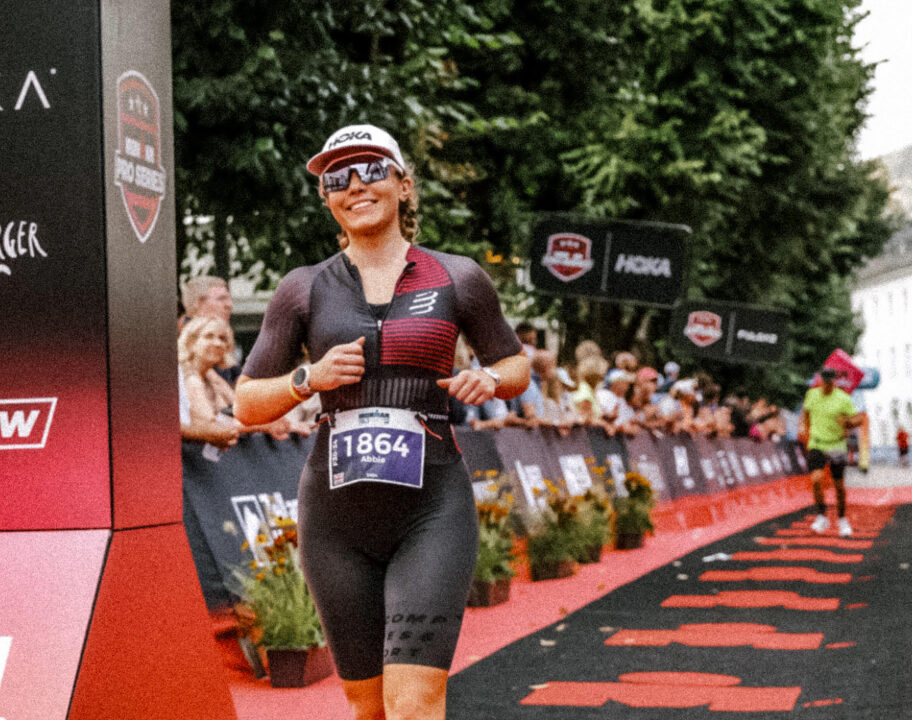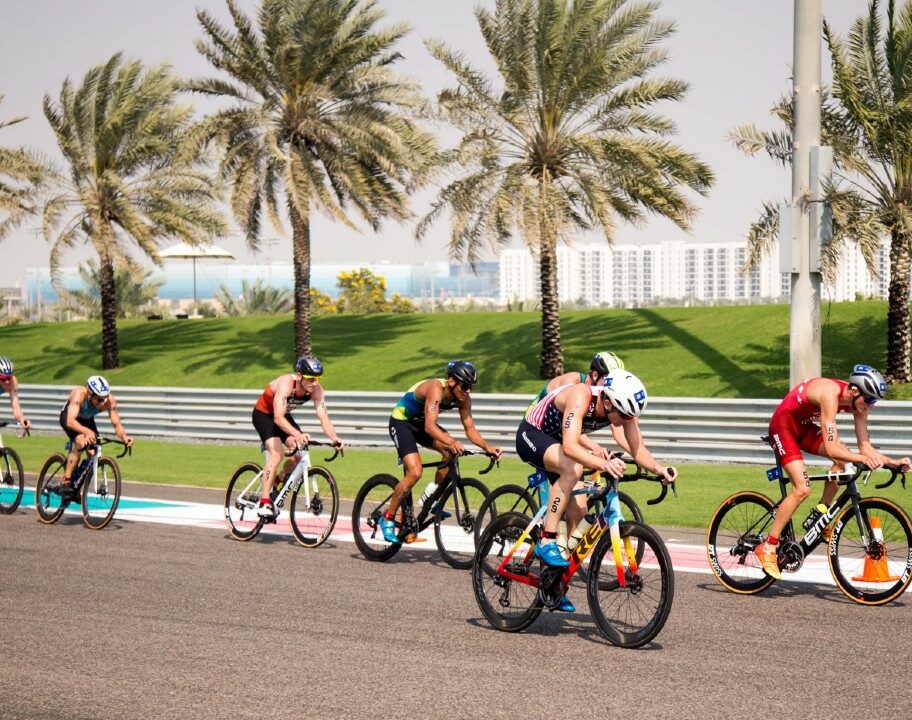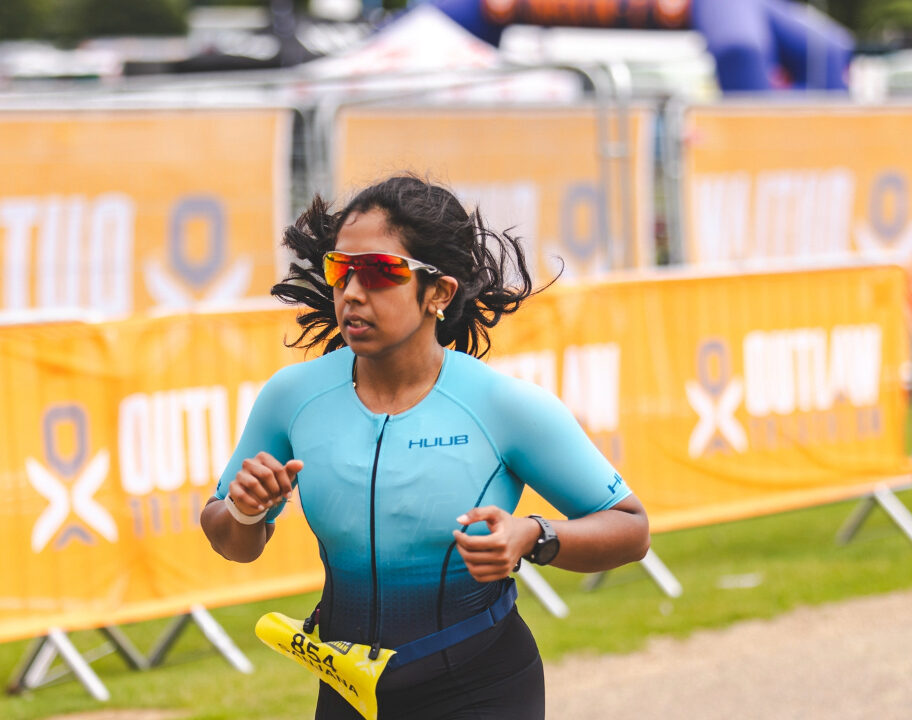Got a hilly half Ironman coming up? Some of the most stunning races on the triathlon calendar feature bike courses which take you on a tour of rolling Alpine climbs and rugged mountainous terrain. Delivering the goods when it comes to scenic views. But also making for a seriously tough day on the legs as you tackle all that elevation.
Get it wrong, and a hilly triathlon bike course can leave you with a major suffer-fest on your hands as you exit T2 and try to drag your exhausted quads through the half marathon. But pace yourself well, and you can have a serious advantage over your competition. Keep reading to find out how to pace yourself on the bike in a hilly middle distance triathlon, so you can maximise your performance and race strong all the way to the finish – without blowing up.
Dial in your effort – how to use power and heart rate on the bike
Managing your effort is key in any triathlon – go too hard at the start, and you’ll be paying for it later on. But doing so on perceived exertion alone can be hard to gauge. What feels “easy” during the first 20km of the bike, when the adrenaline is pumping and the fatigue is yet to kick in, can actually be too hard. And by the time you realise, the damage has already been done – particularly on a hilly course. This is where being able to use your data is really valuable.
Pacing the bike with power data
If you have access to a power metre and you’ve got a recent – and accurate – measure of your Functional Threshold Power, set yourself a target power range using a % of your FTP. For most age-groupers, around 80-85% of your FTP is the highest you want to push your average power for the entire ride.
what does ftp mean?
On the climbs, try to avoid going over your FTP for more than a few seconds. Think of going into the red a bit like withdrawing from a bank account. Do it too many times, and that bank account will be empty right when you need it to have a few pennies left!
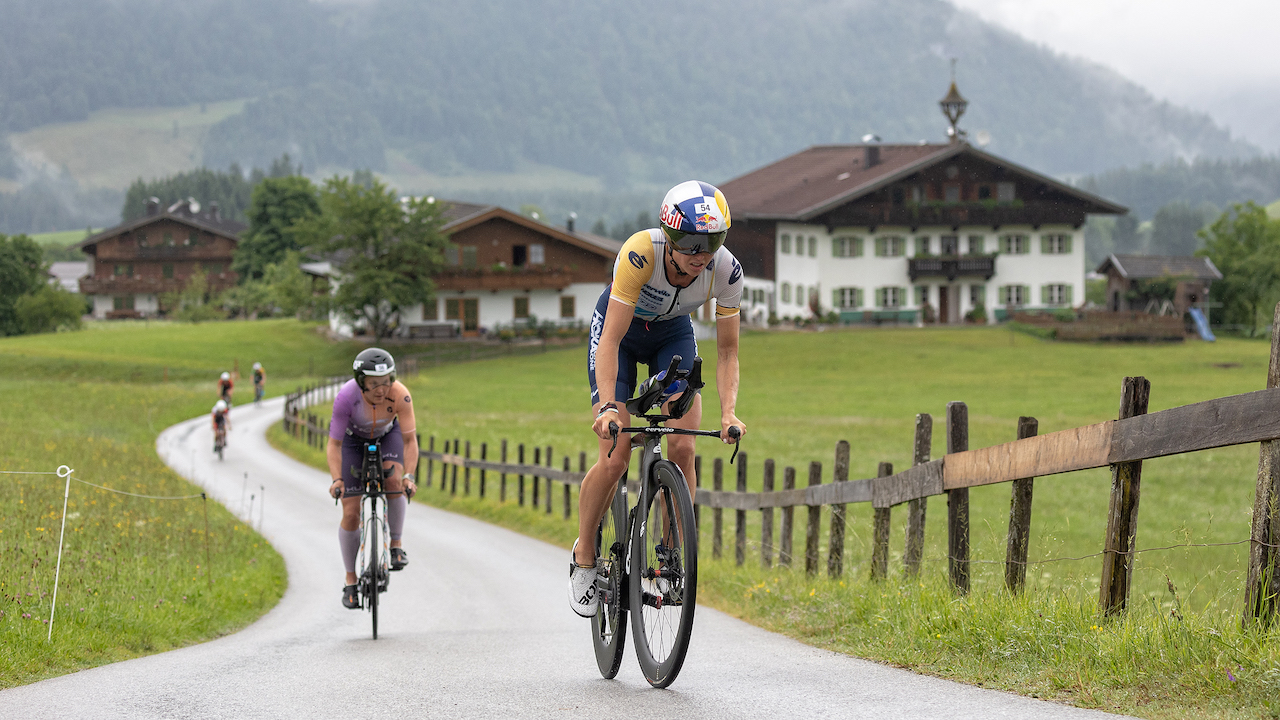
Configure your bike computer so that it displays your normalised power and your 3-5 second power. The normalised data reading will give you a measure of your overall average effort throughout the ride, accounting for climbs and coasting down hills. And your 3-5 second power will help you to keep a lid on any huge spikes or surges as it’s a more ‘real-time’ measure of effort.
Using heart rate
If you don’t have a power metre, then heart rate is another metric you can use to ensure a sustainable effort on the bike that will leave you with enough energy left for the run.
As a general guide, most age-groupers want to work to a maximum of 85% of their max heart rate as an average to ensure they’re not overdoing it.
HOW DO I FIND MY MAXIMUM HEART RATE?
Even if you do have a power metre, it’s always good to use your heart rate in conjunction with your power data. Conditions on the day – such as heat and humidity – or even being slightly under the weather can all impact your capacity to perform. If you notice that your heart rate is far too high for the sustainable power output you should be able to hold on paper, that’s a sign to scale back the effort to ensure you don’t blow your entire race. Being a few minutes slower than expected on the bike could end up saving you significantly more time overall if you can run well out of T2.
Likewise, if you notice that both your heart rate and your perceived effort are lower than expected for your target power output. Maybe you’re having one of those golden days -and you can go a little harder if it feels good!
It’s all about using the data in tandem with how you feel, to make smart pacing decisions that will set you up for success.
Watch your cadence – be wary of the grind
We recently caught up with 3-time Challenge Kaiserwinkl-Walchsee (a beautiful but notoriously hilly race) winner Frederic Funk to get his tips for taking on this challenging middle distance tri. And amongst his advice, he suggested “don’t grind over every single climb, or you are going to pay for it.”
Tackling every climb in a big gear with a slow cadence can put unnecessary load and fatigue through your legs – something you’ll regret by the time you get to the run course. Keeping an eye on your target power and HR numbers, it’s worth considering spinning at a higher cadence on the climbs to get to the top efficiently, without wearing out your legs any more than necessary.
Keep it smooth – ride your own race
Particularly during the first half of the bike course at a hilly half Ironman distance triathlon, it can be tempting to get swept up in the excitement and go blasting up the climbs – only to lose all the time you just gained because you need to slow down significantly afterwards to recover once you’ve reached the top. If you can hold steady and stick to your targets, you’ll probably find that you end up re-overtaking people who’ve just powered past you on the uphill. Hold your nerve and trust your pacing plan. Don’t get swept up in a game of cat and mouse – ride your own race.
As well as using your 3-5 second power (or heart rate) to avoid going too hard up the climbs. You can also use your normalised power to gauge how much recovery you can take on the downhills and the flats. If the normalised power starts dropping below your targets, you know you need to maintain the pace more on the flats. And if you’re over your target, you know you need to cool it on the up hills.

When you’re tackling a hilly bike course, avoiding big spikes and surges, keeping it smooth and riding your own race on the bike will put you in a good place for the run once it’s time to head out of T2.
Stay focused on the downhills
On a hilly course, we’ll often think most about the up hill sections. But it’s also important to stay focused on the descents. The obvious reason being that a loss of concentration on any technical downhill sections could end in disaster. But also because it’s easy to lose more time than necessary if you’re not focused on the descent.
Use the downhills to recover from the effort of the ascent. But also focus on taking an efficient line and maintaining as much momentum as possible.
Don’t forget to fuel and hydrate properly
Finally, with all that focus on data, perceived effort and not taking a tumble on the downhills. It can be easier than you might think to forget to take on enough fuel and hydrate properly during a hilly race. Factor in that you might be on the bike for longer than you typically would on a flatter course. And the overall intensity might be higher with all the climbing. So you might need to take more fuel than usual.
Depending on the weather conditions, you may also sweat more on a hilly course – not only because you’re having to work hard up the climbs. But also because you’re not getting as much of a cooling effect from the wind speed as you would on a course with a flatter profile. Keeping your electrolytes topped up as well as your carb intake is key to avoiding cramp and dehydration.
Feeling fired up and ready to take on a hilly half Ironman? Check out our round up of the toughest middle distance triathlons.

